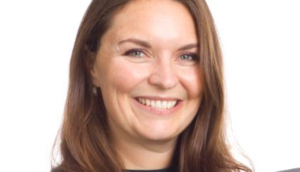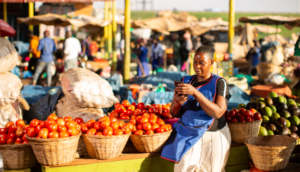Most smallholder farmers do not grow enough food to last the year. Once their food runs out, many farm families experience what is referred to as a “hunger season” – typically a six-month period of time of meal skipping and meal substitution. This plays a major role in child deaths: one in 10 children die before their first birthday.
At One Acre Fund, we have developed a business model that helps over 180,000 smallholder farmers in East Africa end their hunger seasons. This model systematically addresses the major barriers that smallholder farmers face.
Our Model
The stakes are high for farmer entrepreneurs. For a normal entrepreneur, a bad decision or a downturn in business might mean that her start-up flounders, or her bottom line suffers. But for a smallholder farmer in East Africa, bad business can mean hunger and malnourishment for her entire family.
Smallholder farmers face multiple barriers to high productivity. If even one of these barriers is left unaddressed, the whole thing falls apart. The innovation of the One Acre Fund model is that it addresses each one of these barriers as part of a complete “bundle of services”. With our services, farmers have the tools they need to grow their way out of hunger and poverty.
Working with farmers in Kenya, Rwanda, Burundi and Tanzania, One Acre Fund offers improved seeds and fertilizer on credit, farm training, and post-harvest market support. We source seeds and fertilizer in bulk in order to get the best prices for our farmers and deliver these inputs within walking distance of their farms. Our staff— who are farmers themselves— work side-by-side with our farmers, delivering trainings in the field.
A farmer’s best-case scenario is to grow enough to feed their family, plus a surplus to sell at the market. Yet many farmers are not familiar with how to store a crop surplus safely in their homes, or when to sell their surplus. We provide our farmers with extensive training on how to properly store their post-harvest crop and prevent pest and disease loss, as well as when to sell it. For the 180,000 farmers we serve, our “service bundle” is simple, accessible, and effective.
In their first season with One Acre Fund, smallholder farmers can increase their profit by 50 to 100 percent on every planted acre. More income means farmers can diversify their revenue streams and enhance their quality of life by investing in school fees for their children, solar-powered lights, or livestock. It means that in only one year, hunger goes from being a reality of life to a thing of the past.
Financial Sustainability
Although One Acre Fund is a non-profit, we operate like a business. Farmers pay for the services they receive, and roughly 73 percent of our field expenses are covered by these payments.
Maximizing our cost recovery on field activities really means keeping our clients satisfied. After all, farmers will only repay their loans if they’re happy, profitable, and keen to rejoin the program next season. Last year, 99 percent of One Acre Fund farmers repaid their loans in full and on time. With figures like this, we’re confident we’ll be able to continue increasing our financial sustainability with every new year.
We know our model is working. Now we need to scale up to reach even more farmers. By the end of 2014, One Acre Fund will serve 200,000 farm families and plans to triple in size by 2016. Within three years, we will represent the largest network of smallholder farmers in Africa. By 2020, our goal is to serve one million farm families and begin to make a sizable dent in global poverty and hunger.
Because no farmer should go hungry.










